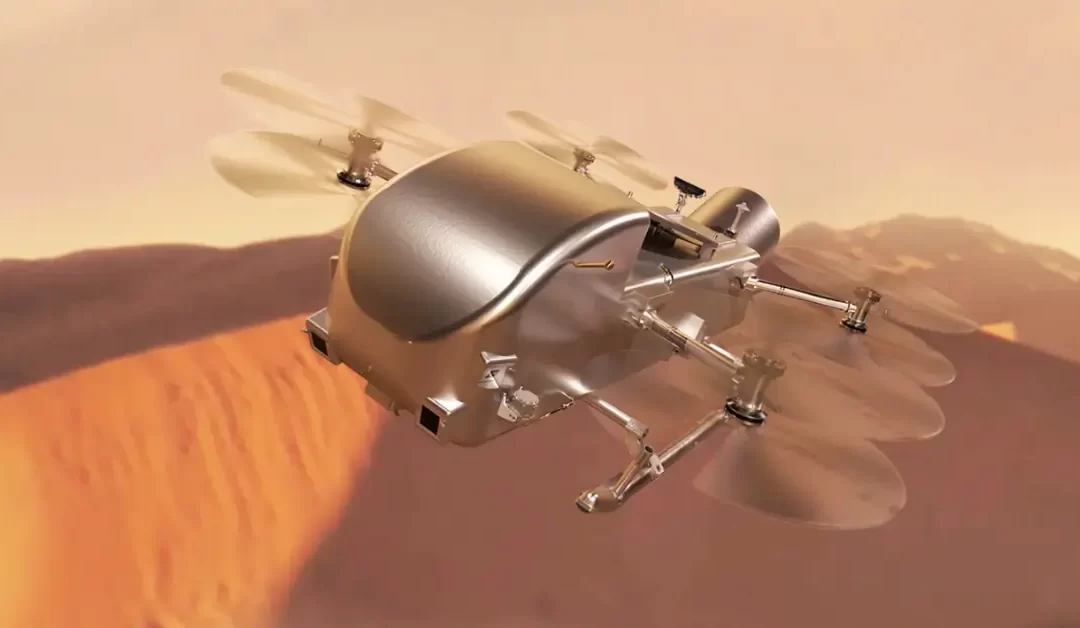NASA has chosen SpaceX to launch its groundbreaking Dragonfly mission to Saturn’s moon, Titan. This mission, part of NASA’s New Frontiers Program, will explore Titan’s unique environment, searching for clues about the origins of life and analyzing the moon’s diverse surface.
Key Details of the Contract
- SpaceX will use its Falcon Heavy rocket to launch the Dragonfly mission.
- The contract is valued at approximately $256.6 million, covering launch services and other mission-related expenses.
- The launch is scheduled between July 5 and July 25, 2028, from Launch Complex 39A at NASA’s Kennedy Space Center in Florida.
Dragonfly: A Revolutionary Exploration Tool
Dragonfly is no ordinary spacecraft. It is a rotorcraft lander, similar to a drone, capable of flying between multiple sites on Titan’s surface. This mobility allows it to study a variety of geological features and environments, making it one of the most ambitious planetary exploration missions yet.
Key objectives of Dragonfly include:
- Surface Sampling: Collecting and analyzing materials from diverse locations on Titan.
- Studying Prebiotic Chemistry: Investigating how carbon-rich materials and liquid water may have interacted to create the building blocks of life.
- Searching for Signs of Life: Looking for chemical evidence of past or present water-based or hydrocarbon-based life forms.
- Assessing Habitability: Understanding Titan’s potential to support life in its unique conditions.
Titan: A Moon Full of Possibilities
Titan, Saturn’s largest moon, has a thick atmosphere and liquid methane lakes, making it a fascinating target for studying prebiotic conditions. Scientists believe Titan’s environment could mirror early Earth, offering clues about how life might have formed on our planet.
Collaborative Efforts Behind Dragonfly
- The mission is managed by the Johns Hopkins Applied Physics Laboratory (APL) in Maryland.
- NASA’s Launch Services Program, based at Kennedy Space Center, oversees the launch logistics.
- The Dragonfly team includes experts in rotorcraft technology, autonomous flight systems, and planetary science from around the globe.
- This is the fourth mission under NASA’s New Frontiers Program, directed by NASA’s Marshall Space Flight Center in Alabama.
Advancing Space Exploration with New Frontiers
The Dragonfly mission represents a significant step forward in space exploration, blending cutting-edge technology with a bold vision to uncover the secrets of one of the solar system’s most intriguing moons. By investigating Titan’s surface and atmosphere, NASA hopes to answer key questions about the potential for life beyond Earth.
Stay tuned as NASA and SpaceX prepare to bring this ambitious mission to life, paving the way for future exploration of distant worlds.































